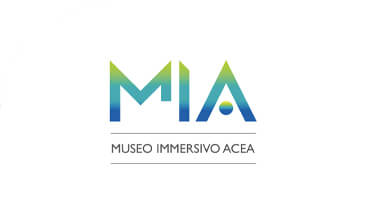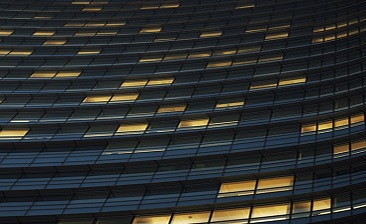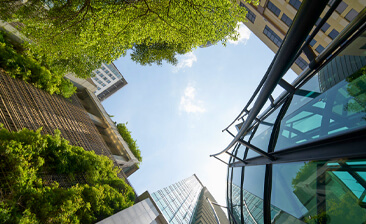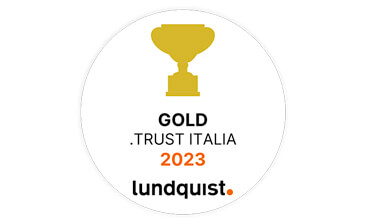The exhibition 'Acqua nell'Arte e Arte dell'Acqua - Fontane e Nasoni di Roma' (Water in Art and the Art of Water - Fountains and Nasoni in Rome) opens tomorrow at the Baths of Diocletian. The exhibition is organised with the support of Acea, the National Roman Museum and the Centro Europeo per il Turismo e Cultura (European Centre for Tourism, Culture and Entertainment) in Rome and is curated by the Director of the National Roman Museum Stéphane Verger and the archaeologist Vincenzo Lemmo.
'Acqua nell'Arte e Arte dell'Acqua' is an exhibition that intends to celebrate Rome through the noblest of the four elements. Indeed, in antiquity the city was known as Regina Aquarum and the fountains, besides being places of entertainment and embellishment, represented a true ostentation of the exceptional availability of water that naturally increased the magnificence of the city. Even today, Rome is full of big and small fountains, magnificent monuments built over the centuries, celebrating the triumph of water. The exhibition aims to bear witness to this tradition through the display of works of art, archaeological finds, plans, and period photographs preserved in National and Municipal Museums. The exhibition is organised in two macro sections, The Art of Water, with the display of archaeological finds and an in-depth look at the capital's historical fountains and nasoni (fountains with the characteristic cylindrical shape); Water in Art, with the presence of artistic objects related to the theme of water.
The Baths of Diocletian are the ideal place to host an exhibition dedicated to water. They are, in fact, a unique monumental complex in the world for their size and exceptional state of preservation. They were built in just eight years between 298 and 306 A.D. and extended over an area of thirteen hectares, in the area between the Viminale and Quirinale hills.
National Roman Museum
The National Roman Museum, whose historical location is the Baths of Diocletian, was founded in 1889 and brings together one of Italy's most extraordinary artistic heritages, which was also divided between 1995 and 2001 in three other museum locations: Palazzo Altemps, Palazzo Massimo alle Terme and Crypta Balbi. Four places to discover the history of Rome from the first settlements in Latium to the splendours of the imperial age, up to the Renaissance passion for ancient Roman works that led to the birth of collecting. The National Roman Museum is directed by Professor Stéphane Verger.
Acea
As the leading national water operator, the Acea Group has been linked for over a century to the history of Rome, its aqueducts and fountains, and manages the capital's entire water system, with the awareness that managing water in Rome means managing not only the water service but also an element that is part of the city's history and culture, in which water is part of the beauty of its architecture and urban landscape. The ACEA Group feels a responsibility to promote and support initiatives and projects that, like this exhibition, enhance the city's water resource and artistic heritage.
'Today – says Acea CEO Fabrizio Palermo – we are inaugurating an exhibition that, through art, recounts the importance of water in the development of the history of civilisation and celebrates the excellence of Italian hydraulic engineering, born in the time of the ancient Romans. Acea, in continuation of this tradition, has been managing the water network of the Capital for more than a century and has become today the leading water operator at the national level and an important industrial reference point from the north to the centre south of the country, especially at this time of particular criticality due to climate change. We are convinced that the sector needs more investment today because water, besides being a primary good, is an indispensable element for the country's industrial and agricultural development. The water sector, representing almost 20% of the national GDP, is a strategic asset on a par with the energy sector'.
'The exhibition - says the Director of the National Roman Museum Stéphane Verger - presents a reasoned collection of artefacts still preserved in the deposits of the Baths of Diocletian and Palazzo Massimo. It thus constitutes a further stage in the National Roman Museum's project 'Depositi (Ri)scoperti' (Deposits (Re)discovered), which aims to make the hidden heritage of the museum's collections known, in view of the expansion and reorganisation of the permanent exhibition itinerary. The theme of the management and culture of water in ancient Rome will undoubtedly play a central role in the various sections of the new narrative of the city that is being built'.
'This initiative - comments the President of the Centro Europeo per il Turismo, Cultura e spettacolo (European Centre for Tourism, Culture and Entertainment) Giuseppe Lepore - wants to be, in such a delicate moment, not only for our country following a long pandemic and a climatic situation that has not always been easy, which has created not indifferent social problems, a message of hope and optimism through the valorisation of an important asset for the entire planet such as Water, and also an acknowledgement for Acea, which is a fundamental protagonist in this sector'.
Discover the latest news and initiatives of the Acea Group

Acea for World Energy Saving Day

Visit the virtual museum about the history of the Acea Group

The channel for the commercial requests on land urbanisation

Acea turns the spotlight on the Rome Film Festival 2023

Acea is in the "Gold class" in the .trust research

Read more about our culture of inclusiveness